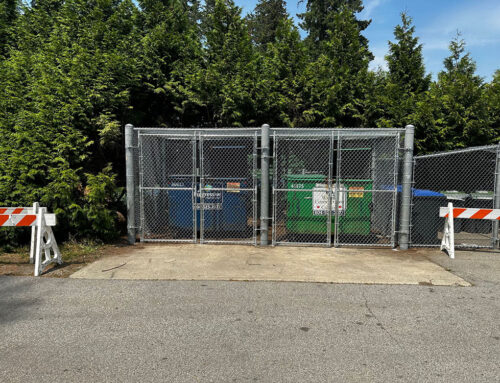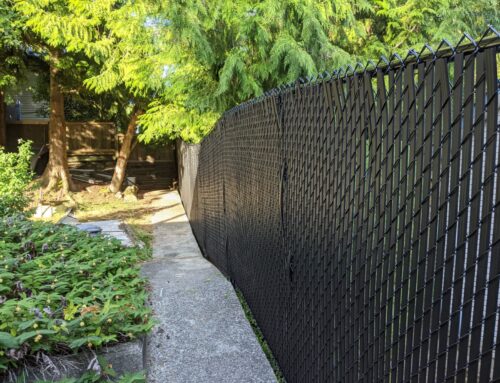When we think about environmental sustainability in construction and landscaping, chain link fencing might not be the first thing that comes to mind. Yet, this century-old fencing option offers several surprising benefits for those aiming to make eco-friendly choices. From its durability to its recyclability, chain link fencing can be a greener alternative than many realize.
Durability Reduces Waste
Chain link fences are renowned for their durability. Constructed from galvanized steel, they withstand harsh weather conditions, resist rust, and generally require less maintenance than wooden or vinyl fences. This longevity means fewer replacements and repairs over time, reducing the amount of waste generated by discarded or damaged fencing materials. Less frequent replacements also mean fewer resources are consumed for manufacturing and transporting new fences.
Recyclable Materials
One of the most significant environmental advantages of chain link fencing is its recyclability. The steel used in chain link fences can be fully recycled at the end of its life cycle. Unlike wood, which may end up in a landfill (especially if pressure treated or painted) and decompose, steel can be melted down and repurposed into new products. While vinyl may last longer, Canadians only end up recycling 9% of all plastics, in part due to limited recycling facilities that can repurpose the material; the opposite is for metal recycling. When using variations of metal for fence construction, the demand for raw materials decreases, along with the environmental impact associated with mining and processing new steel.
Energy Efficiency in Production
The production of chain link fencing is energy-efficient compared to some other fencing materials. The process of creating chain link fences involves less energy and fewer emissions than producing vinyl or composite fencing. Furthermore, the galvanization process, which protects the steel from corrosion, is energy-efficient and extends the lifespan of the fence, thereby reducing the need for frequent replacements.
Sustainable Aesthetic
Chain link fences blend well with natural environments due to their unobtrusive design. Unlike solid fences that can block views and disrupt wildlife movement, chain link fences provide a transparent barrier. This allows for better visibility and less obstruction of natural landscapes, which is beneficial for both aesthetic reasons and for maintaining wildlife corridors. Some people even allow hedges, vines and other plant growth to naturally fill in the gaps of a chainlink fence, resulting in a robust, symbiotic relationship.
Low Maintenance Requirements
Chain link fences require minimal maintenance. They don’t need frequent painting, sealing, or frequent treatments, which reduces the use of chemicals and paints that can be harmful to the environment. The reduced need for upkeep translates to fewer resources spent on maintenance products and less potential for environmental contamination.
Cost-Effectiveness Supports Sustainability
Economically, chain link fencing is often more affordable than alternatives like wood or vinyl. While it may be more up front compared to alternatives, the cost-effectiveness over time allows more people and businesses to opt for high-quality, durable fencing without breaking the bank. By providing a budget-friendly option, chain link fences support wider adoption of sustainable fencing solutions.
Conclusion
While chain link fencing might not immediately strike one as a green choice, its environmental benefits are clear. From its recyclability and energy-efficient production to its minimal maintenance, chain link fencing offers several advantages for those seeking to reduce their ecological footprint. By choosing chain link fencing, you can enjoy a durable, sustainable option that aligns with environmentally conscious practices.
As we continue to explore sustainable solutions in all aspects of our lives, it’s important to consider how even the most unexpected choices can contribute to a greener future. Chain link fencing is a testament to how practical and eco-friendly choices can intersect, offering a simple yet effective way to support environmental sustainability.




